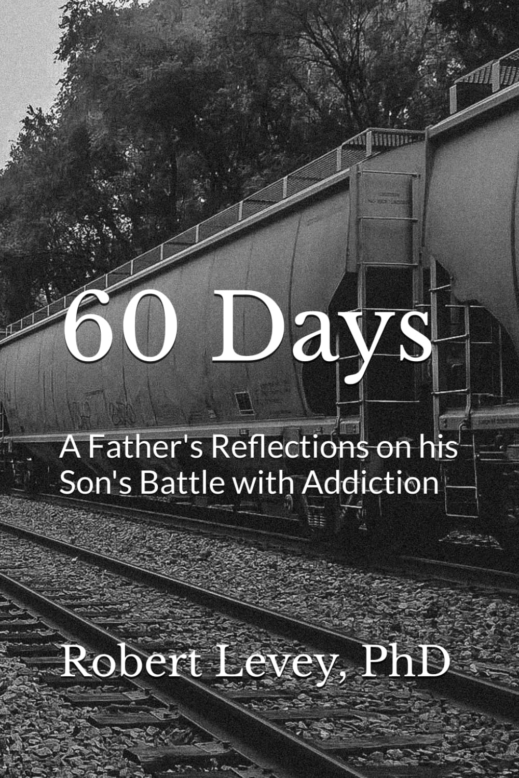To some extent, the hero’s journey reflects and perpetuates a colonizer mindset, leading to the subjugation of entire cultures. Simpson (2011) noted that the current generation of Indigenous people “has been repeatedly told that individually we are stupid, and that collectively our nations were and are devoid of higher thought” (p. 32).
Time and Cultural Perspectives
Moreover, the linear nature of time, often central to hero narratives, is not a given for many cultures (Yunkaporta, 2021). The traditional hero myth may also not resonate with people of color, including Black women. Stein (1984) cited Black author Toni Morrison as one example:
Unlike the stock epic tale, in which the hero, driven by inner compulsion to leave society in search of knowledge and power, undertakes a dangerous but successful journey and returns in triumph to transform a fallen world, Sula presents a tale of courage in the face of limitation and powerlessness, of self-knowledge wrested from loss and suffering, of social amelioration eked out of hatred and fear. (Stein, 1984, p. 146)
Postmodern Critiques and Western Thought
The limitations of the hero’s journey are more evident in a postmodern world. Schieffer and Lessem (2016) note that many myths no longer carry their initial power to interpret the world and the cosmos or provide us with guidance.
In these complex times, a new hero must consider nature, humanity, and the more-than-human world in context. Analyzing complex phenomena out of context exemplifies disjunction, a conceptual pillar of Western thought. Morin (2014) defined disjunction as an investigatory principle whereby objects are divided into basic components without regard for their connections.
This thinking style is apparent in the Western focus on individual parts of nature (or humanity) over which control can be exercised. Westerners are not trained to think systemically, or use context, in their interpretations of the world.
Nisbett et al. (2001) note that “inferences rest in part on the practice of decontextualizing structure from content, the use of formal logic, and avoidance of contradiction” (p. 159). We cannot, however, avoid contradictions in today’s world, which calls into question the usefulness of the hero’s journey and its framing of problems in linear ways.
Besides its limitations for overcoming complex crises, the hero’s journey is inadequate given advances in our understanding of consciousness and its connection to transformation.
Rethinking Transformation and Consciousness
According to Mezirow (1978), transformation is a permanent change in an individual’s worldview.
However, the hero myth tends to reinforce a prior worldview and what is already suspected as truth. The boons of success referenced by Campbell (2008) could be seen as a false truth leading to a false self, especially when humans, particularly in the European-American world, separate their identities from the natural world (Canty, 2014).
This ability to separate one’s identity from the natural world is endemic to a larger European-American worldview. In popular mythology, the habitats, creatures, and processes of the natural world are ancillary characters in the story of humanity, as humans are unable (or unwilling) to see beyond their perspective.
Shorb (2012) suggested that humans harbor an innate need to affiliate with the natural world. Called biophilia, this need is “the genetic legacy that is a portal between the psychic landscape that inhabits us and the physical landscape that we inhabit” (p. 3). However, this may not be a portal through which the archetypal hero is inclined (or equipped) to walk.
In future files, I will explore alternatives to the hero’s journey as a metaphor for transformation.
References
Canty, J. M. (2014). Walking between worlds: Holding multiple worldviews as a key for ecological transformation. International Journal of Transpersonal Studies, 33(1), 15–26, Article 4. http://dx.doi.org/10.24972/ijts.2014.33.1.15
Mezirow, J. (1978). Perspective transformation. Adult Education Quarterly, 28(2), 100–110. https://doi.org/10.1177/074171367802800202
Morin, E. (2014). Complex thinking for a complex world—About reductionism, disjunction and systemism. Systema: Connecting Matter, Life, Culture and Technology, 2(1), 14–22.
Nisbett, R. E., Peng, K., Choi, I., & Norenzayan, A. (2001). Culture and systems of thought: Holistic versus analytic cognition. Psychological Review, 108(2), 291–310. https://doi.org/10.1037/0033-295x.108.2.291
Schieffer, A., & Lessem, R. (2016). Integral development: Realising the transformative potential of individuals, organisations and societies. Routledge.
Shorb, T. L. (2012, Summer). Exploring the twin landscapes of biophilic learning. Green Teacher, No. 96, 3–7. https://www.proquest.com/openview/dbeb7979afbe3b91f57e4601da9e3709/1.pdf?pq-origsite=gscholar&cbl=33544
Simpson, L. B. (2011). Dancing on our turtle’s back: Stories of Nishnaabeg re-creation, resurgence and a new emergence. Arbeiter Ring.
Stein, K. F. (1984, December). Toni Morrison’s Sula: A Black woman’s epic. Black American Literature Forum, 18(4), 146–150. https://doi.org/10.2307/2904289
Yunkaporta, T. (2021). Sand talk: How Indigenous thinking can save the world (Illustrated ed.). HarperOne.


